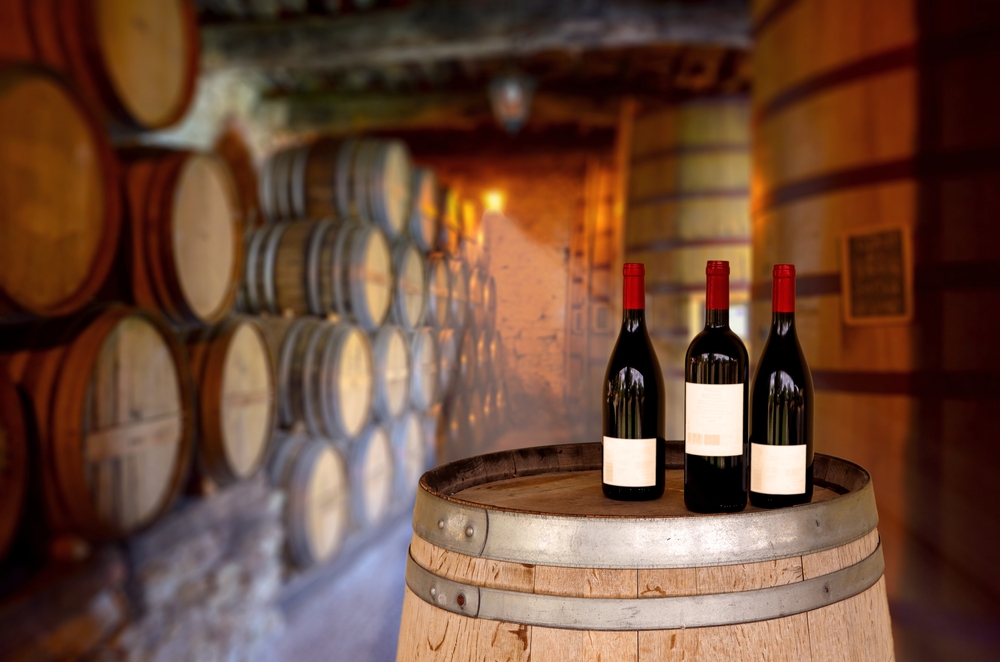Oktoberfest takes place every year in Munich, Germany. The timing of Oktoberfest varies from year to year because it takes place during the 16 days preceding the first Sunday in October. The only exception is if the first Sunday in October falls on October 1st or 2nd, in which case the festival continues until October 3rd. Thus, Octoberfest begins in mid- to late-September and ends on either the first Sunday in October or October 3rd, whichever occurs later. In honor of the largest folk festival in Germany, here are five facts about German wine:
Germany’s Wine Tradition is Ancient
While it is difficult to pin down an exact date, winemaking in Germany originated in ancient times when the land now called “Germany” was an outpost of the Roman Empire. These are some clues historians have in regards to when German winemaking originated:
- Tools possibly used to harvest grapes have been dated to around 100 A.D.
- Tradition holds that Roman Emperor Probus introduced winemaking to the region in about 280 A.D.
- Around 370 A.D., Roman poet Ausonius described seeing vineyards along the Moselle River in what is now western Germany.
In the 1300s and 1400s, German monasteries experimented with many varieties of wine grapes, eventually planting Elbling, Silvaner, Muscat, Räuschling, and Gewurztraminer as well as the most popular varieties used in German wines today, Riesling and Pinot noir.
Oktoberfest Includes Wine
Although Oktoberfest’s ceremonial opening begins by tapping a keg of beer and Oktoberfest visitors consume about 1.7 million gallons of Oktoberfest beer, local wine is served at many of the beer tents. In fact, the Weinzelt tent serves only wine, wheat beer (or hefe-weissbier), and food.
In its 2019 menu, the Weinzelt tent lists three German sparkling wines (Sekt), one Austrian and two German white wines, and one German red wine. A glass of wine at Oktoberfest will cost between 13 and 16 Euros (about $14 to $17), but an Oktoberfest pour is generous at 250 mL or about 8.5 ounces. For reference, a typical U.S. restaurant pour is between five and six ounces.
German Wine Relies Heavily on Riesling Grapes
Although German vineyards grow over 130 varieties for German wines, almost one-quarter of their land area is used to grow Riesling grapes, with each vine producing about ten bottles of wine.
Although German wines have a reputation for sweetness, Riesling grapes can produce sweet, semi-dry, and dry wines. In fact, Riesling grapes are high in acidity, which creates the quality of “crispness” in Riesling wine. To experience Riesling wines, look for not just sweet Rieslings but dry and semi-dry Rieslings while wine online shopping.
Sweet Riesling wines are characteristic German wines. They are as much a product of the method of production as the grapes themselves. Before it was possible to control the temperature of wineries, Germany’s cold winter temperatures would inhibit or stop fermentation before all the sugars had been converted to alcohol. The result was a sweet, low alcohol wine. To experience this quintessential German wine, look for wine deals online for sweet Rieslings.
German Rieslings, whether dry, semi-dry, or sweet, are almost always produced from Riesling grapes without blending with other varieties and without aging in oak barrels. Therefore, do not expect Rieslings you find while wine online shopping to have any oaky notes.
Deutscher Sekt
Riesling grapes are also used to produce a sparkling German wine called Deutscher Sekt, or Sekt. Sekt is often described as fruity and acidic. Online wine sellers often offer sparkling wines made from Riesling grapes, although they might not necessarily originate from Germany and use the “Sekt” designation. Wine online shopping can give you the opportunity to try these sparkling wines.
Dessert Wines
A happy accident occurred in 1775 when a late harvest allowed Riesling grapes to be infected with “noble rot.” The late harvest had increased the sugar content of the grapes. Moreover, the noble rot had perforated the grape skins. This allowed moisture to evaporate from the grapes, further concentrating the sugar content. The resulting sweet dessert wine was so popular that wineries deliberately use late harvest grapes infected with noble rot to produce wines to this day. To try these wines, look for the term Spätlese when wine online shopping at your favorite online wine shop.
German wine can be fun and educational to experience. Fortunately, they are readily available at your favorite online wine shop.




Everyone loves it when individuals come together and share
opinions. Great blog, stick with it! I’ll right away clutch your rss
as I can’t find your email subscription hyperlink or e-newsletter service.
Do you’ve any? Kindly let me recognise so that I could subscribe.
Thanks. I couldn’t refrain from commenting. Well written! http://plumbing.com
Attractive portion of content. I simply
stumbled upon your website and in accession capital
to claim that I acquire actually loved account your blog posts.
Any way I will be subscribing on your feeds or even I fulfillment you get
entry to consistently rapidly.
My family alwwys say that I am wasting my time
here at net, except I know I am getting know-how all the time by readkng such gpod articles or reviews.
Hurrah! Finally I got a webpage from where I be able to genuinely get useful data regarding my study and knowledge.
You made some good points there. I checked on the internet to find out more about the issue and found most individuals will go along with
your views on this website.